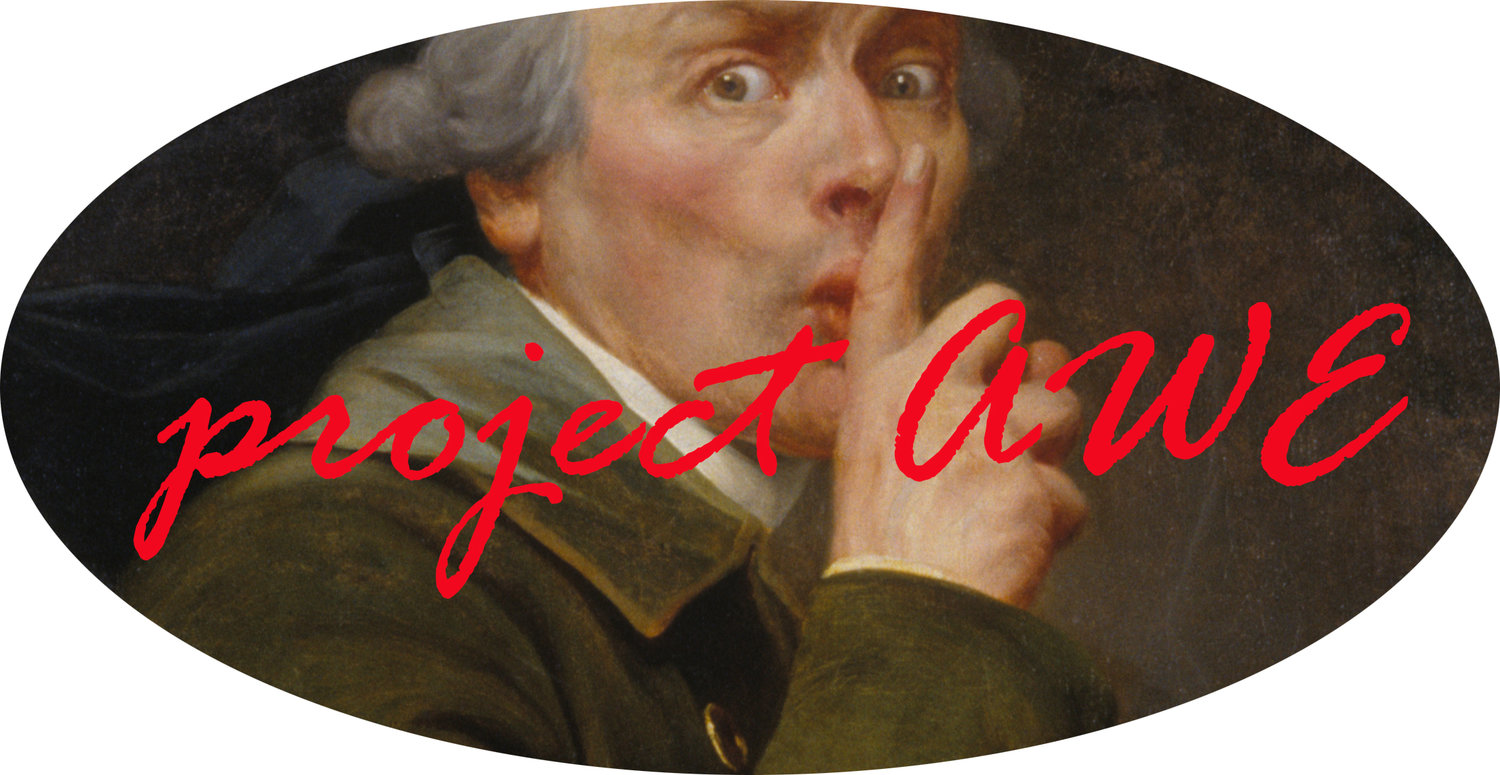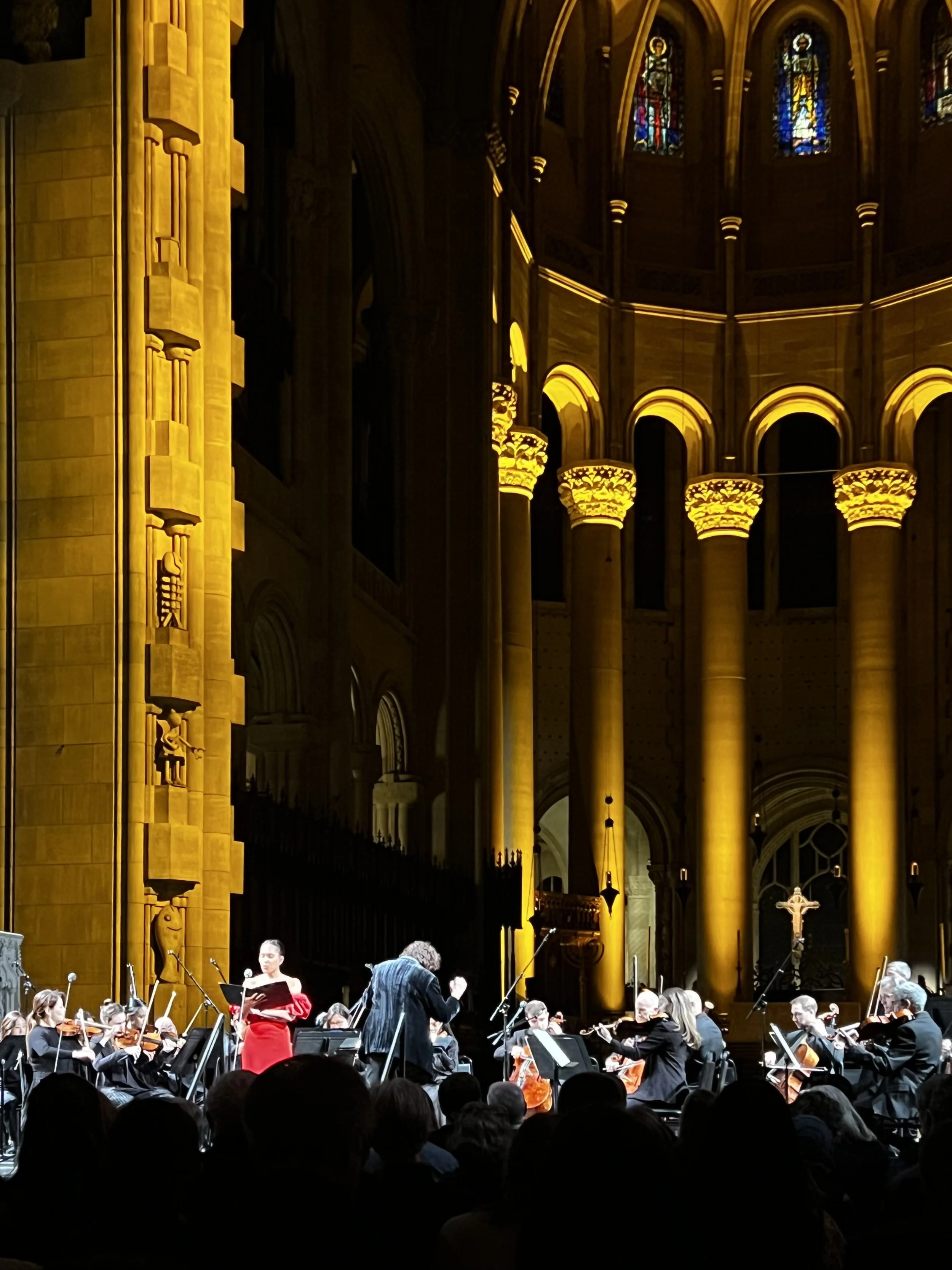By Christopher McIntosh
Here are a few reflections on gardens as places where the aesthetic and the esoteric can be combined. A garden is an interface between nature and art, and there are many examples of gardens in which nature and art are combined to convey a message – of a moral, philosophical, spiritual or esoteric nature. Thus a journey through the garden becomes a kind of initiatory itinerary from which you come away having learned something or having been transformed or uplifted in some way.
A message can be created in a garden in basically three different ways, or using three different languages: the language of form and shape; the language of the plants and their symbolic meanings; and the language of the man-made features that are placed in the garden.
The meaning that one attaches to these things is partly culture-specific and region-specific, but there are certain motifs that are universal. One example is the motif of the centre, the idea that when one marks the centre of a sacred space one is symbolically marking the centre of the world, the axis mundi. This notion exists in many traditions, and hence one often finds the centre of a garden or piece of land marked by a stone, a mound, a fountain, a tree or some other feature.
Another example of a universal garden motif is that of the entrance or threshold. If we think of a garden as a kind of outdoor temple, the entrance is an important feature. The word temple means literally a place “set apart”. So in many cultures entrances to gardens are treated in a special way. You leave behind the everyday world and you go over a threshold into the rarified world of the garden. So entrances are transitional, hybrid features, and therefore are often guarded by hybrid creatures such as sphinxes, gryphons and satyrs.
In my book Gardens of the Gods (London: I. B. Tauris, 2005) I write about sacred and symbolic gardens in various parts of the world and various different cultures – from the Zen Buddhist gardens of Japan and the Taoist gardens of China to the Mughal gardens of India and the Renaissance gardens of Italy. Here let me just give a few examples, including a couple from modern times.
The Renaissance period was a golden age for sacred and symbolic gardens. The Renaissance garden designers filled their gardens with motifs from classical mythology, taken from Greek and Roman works such as Homer's Odyssey, Virgil's Aeneid and especially Ovid's Metamorphoses, which relates a series of myths concerning the theme of transformation. And these motifs were put there to convey a message. For example, here we see a statue of Hercules in the garden of the Villa Castello in Florence – Hercules being a symbol of courage and virtue. So when you stood in front of this statue you were meant to think about those qualities.
Statue of Hercules in the garden of the Villa Castello, Florence.
We now move to England and to the wonderful 18th-century landscape garden at Stourhead in Wiltshire. Here again we find the theme of the initiatic journey. Its creator, the banker Henry Hoare, based the garden on Virgil’s Aeneid, which tells the story of the Trojan hero Aeneas, who, after the fall of Troy, made a long voyage around the Mediterranean and finally landed in Italy where he became the founder of Rome. Aeneas’s journey, with its difficulties and its moments of despair, hope and revelation, is reproduced allegorically in the garden through a series of temples, grottoes, tunnels, bridges and other features, all grouped around an artificial lake.
The garden of Stourhead, Wiltshire, reflecting the journey of Aeneas, as told in Virgil’s Aeneid.
By this time many landowners and garden builders were Freemasons, and there are a number of gardens that contain masonic symbolism. One of the visual sources for them would have been the pictures of symbol-filled landscapes that one often finds on masonic diplomas and aprons as well as in books on Freemasonry. You see here a copy of a design from a French masonic apron, which is fairly typical of these symbolic landscapes. Pictures like this convey the idea of architecture and building as a metaphor for the inner work of moral development undertaken by the Freemason. This goes together with the idea of a search for the lost ancient wisdom that was reflected in the architecture of classical antiquity. Typically, these masonic illustrations show elements of classical architecture and also Egyptian features reflecting the mystique of ancient Egypt and the notion of ancient Egyptian wisdom. Here you see the two symbolic pillars of Freemasonry, flanking the entrance to a temple, and in the background are shown some Egyptian features.
Design from a 19th-century French Masonic apron.
One example of a fascinating garden with a masonic – or, more specifically, Rosicrucian – theme is the New Garden beside a lake at Potsdam, built by the Rosicrucian King Frederick William II of Prussia, nephew of Frederick the Great. He became King of Prussia in 1786 when his uncle died. Already as Crown Prince, he had been initiated into the Golden and Rosy Cross Order. Alchemy played an important part in the order and the members were expected to carry out practical alchemical work. One of the Rosicrucian motifs in the New Garden is an ice house in the form of an Egyptian pyramid. This reflects the mystique of ancient Egypt, which was fashionable in the 18th century. The pyramid has some Egyptian hieroglyphs and a set of seven alchemical symbols in gilded wrought-iron work over the doorway. This reminds us of the key role that alchemy played in the Golden and Rosy Cross.
Ice house in the form of an Egyptian pyramid in the New Garden, Potsdam.
Another interesting example in Germany is the park at Louisenlund in Schleswig-Holstein, built in the late 18th century by the Landgrave Carl von Hessen-Kassel and now the property of a private school. The Landgrave was a prominent Freemason, Rosicrucian and alchemist, and he’s famous for having harboured the mysterious alchemist, the Comte de Saint-Germain at the end of the latter’s life. The key feature of the park was the Alchemist’s Tower, also called the Freemasons’ Tower, where alchemical work and masonic rituals were conducted. Sadly all that remains of the Tower today are some parts of the foundation and an Egyptian-style doorway, which has been moved to a different position. However, there is a project to rebuild the Tower, and the school is looking for sponsors. If anyone is interested in becoming a sponsor they can contact the Louisenlund Foundation (Stiftung Louisenlund) at info@louisenlund.de.
The Alchemist’s Tower, formerly part of the Masonic/Rosicrucian park at Louisenlund, Schleswig-Holstein.
Moving to modern times, I would like to make the point that the tradition of creating symbolic and initiatic gardens has not died out. On the contrary, there are many modern gardens in various parts of the world that have been created as places of symbolic meaning. One example is Little Sparta in Lanarkshire, Scotland, created by the poet and artist Ian Hamilton Finlay on what used to be a farm, over a period from the late 1960s to the present. He has taken the classical and Renaissance tradition of garden imagery and adapted it to his own particular style and world view. Finlay was a man with a very strong message, who believed essentially that the values of western civilisation were under threat from what he calls the “secular terror” of modern society, and he saw the garden of Little Sparta as a kind of symbolic fortress or battleship against the forces of the secular terror and in defence of the classical values that he upheld. Consequently there is much warlike imagery in the garden, combined with images from classical mythology and also motifs from the French Revolution, of which Finlay was a great admirer. The presiding deity of the garden is Apollo, who is also identified with the French revolutionary Antoine de Saint Just. One striking feature in the garden is a gilt head of Saint Just, doubling as Apollo. Ian Hamilton Finlay was my close friend for some thirty years, and I have paid a tribute to him in my booklet Ian Hamilton Finlay: a Memoir (Vanadis Texts, 2014).
Head of Antoine de Saint-Just doubling as Apollo in Ian Hamilton Finlay‘s garden at Little Sparta, Scotland.
Another modern example is the Tarot Garden, located near the near the town of Capalbio in southern Tuscany, created by the French sculptress, the late Niki de Saint Phalle. The garden, as the name implies, is filled with figures of the Tarot trumps, created in her inimitable style, some of them as big as houses (one of them she lived in). All of them are in brilliant colours with rich mosaics of tile and reflecting glass. They are clearly influenced by the Spanish architect Antonio Gaudi, whose Park Guell in Barcelona was what originally inspired her to create the garden.
The Tarot Garden in Tuscany, created by the French sculptress Niki de Saint-Phalle.
These examples show that the tradition of sacred and symbolic gardens has not only a rich and fascinating history but also a present and a future.
About the author:
Christopher McIntosh is a British-born writer and historian, specializing in the esoteric traditions of the West. In the course of his life he has worked in publishing in London, for the United Nations in New York and for UNESCO in Hamburg, and has travelled throughout the world. He was for several years on the faculty of the Centre for the Study of Esotericism at Exeter University. His books include The Astrologers and their Creed (1969); Eliphas Lévi and the French Occult Revival (1972); The Rosicrucians (latest edition 1997); The Rose Cross and the Age of Reason (1992), based on his D.Phil. dissertation; The Swan King: Ludwig II of Bavaria (latest edition 2003); and Gardens of the Gods (2005). His fictional work includes the occult novel Return of the Tetrad (Oxford: Mandrake, 2013), the Cold War thriller The Lebensborn Spy (Vanadis Texts, 2017) and two collections of short stories, Master of the Starlit Grove (Vanadis Texts, 2014) and The Wyrde Garden (Vanadis Texts, 2015). He also has a long-standing interest in nature-oriented belief systems. His home is in Lower Saxony, North Germany.
Relevant publications by Christopher McIntosh
Gardens of the Gods (London: I. B. Tauris, 2005).
Ian Hamilton Finlay: a Memoir (Vanadis Texts, 2014).
The Wyrde Garden and other strange tales (Vanadis Texts, 2016)


